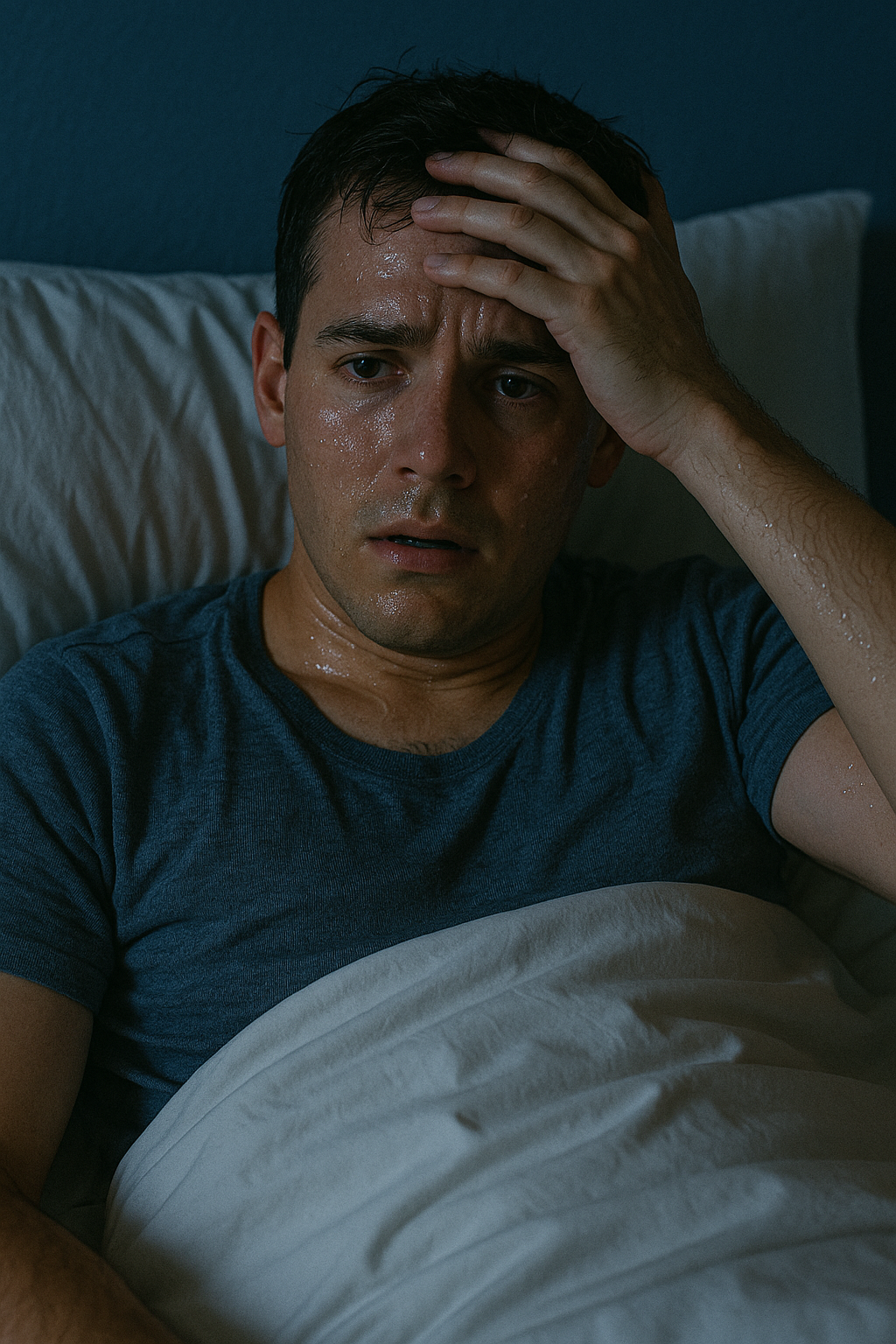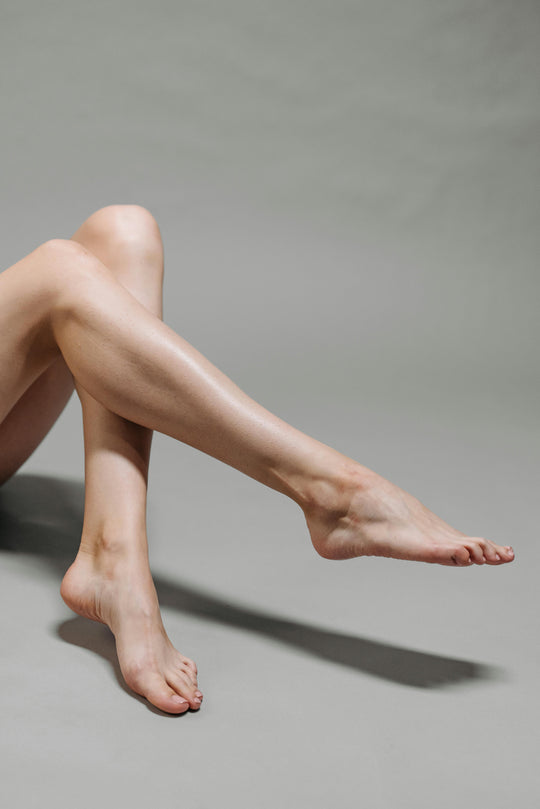Secondary Hyperhidrosis

What is Secondary Hyperhidrosis?
Secondary hyperhidrosis is excessive sweating caused by an underlying medical condition or a side effect of a medication. This stands in contrast to primary hyperhidrosis, which is excessive sweating that is not incident to a medical condition or medication. In this post, I will list the most common causes of secondary hyperhidrosis, compare primary and secondary hyperhidrosis, and describe the treatment protocol for secondary hyperhidrosis.
Common Causes of Secondary Hyperhidrosis
- Diabetes
- Hyperthyroidism
- Infections
- Menopause
- Heart disease
- Parkinson's Disease
- Certain cancers
- Antidepressants, particularly SSRIs and SNRIs
- Antipyretics such as aspirin and acetaminophen
- Certain blood pressure medications
- Hormone therapy
Primary vs. Secondary Hyperhidrosis
- Secondary hyperhidrosis often begins in adulthood; whereas, primary hyperhidrosis often appears before puberty
- Sweating in primary hyperhidrosis is often drastically reduced (or even stops) at night while sleeping
- People with secondary hyperhidrosis have generalized (all over the body) sweating; whereas, people with primary hyperhidrosis sweat in particular locations (though, unfortunately, some patients with primary hyperhidrosis sweat in so many locations, it is essentially generalized)
- There is no genetic component to secondary hyperhidrosis; whereas, primary hyperhidrosis tends to run in families
Treatment of Secondary Hyperhidrosis
- Start with antiperspirants or methenamine cream, 13%
- Add an oral anticholinergic medication (e.g., glycopyrrolate)
- For underarms, hands, and feet, consider iontophoresis
- Botox injections







